 1987 BMW 3 Series Sedan (E30, facelift 1987) Dimensions, Size & Specs
1987 BMW 3 Series Sedan (E30, facelift 1987) Dimensions, Size & SpecsMeasurements of the 1987 BMW 3 Series Sedan, engineered for optimal performance and comfort
| Dimensions | |
|---|---|
| Length: | 4325 mm170.3 in14.2 ft |
| Width: | 1641-1660 mm64.6-65.4 in5.4-5.4 ft |
| Height: | 1360-1400 mm53.5-55.1 in4.5-4.6 ft |
| Ground Clearance: | 125-140 mm4.9-5.5 in0.4-0.5 ft |
| Trunk Capacity: | 425 liter15.0 cu ft |
| Weight Specifications | |
| Curb Weight: | 1080-1280 kg2381-2822 lbs |
| Maximal permitted Weight: | 1540-1740 kg3395-3836 lbs |
| Tire Specifications | |
| Rims Size: |
|
| Tire Sizes: |
|
The BMW 3 Series Sedan (E30 facelift 1987) represents a refined evolution of the iconic E30 generation, produced from 1987 to 1991. This facelift introduced small but meaningful design updates that preserved the classic styling beloved by enthusiasts while enhancing its road presence. Measuring between 4321 mm and 4325 mm (170.2–170.3 inches) in length, and ranging from 1641 mm to 1660 mm (64.6–65.4 inches) in width, the E30 facelift offers a compact yet balanced footprint typical of luxury sedans of its era. Its height varies from 1360 mm to 1400 mm (53.5–55.1 inches), contributing to a sporty yet comfortable posture on the road.
Weighing between 1080 kg and 1280 kg (2,381–2,822 lbs) curb weight, with a maximum weight range from 1540 kg to 1740 kg (3,395–3,836 lbs), the E30 facelift sedan strikes a blend of lightweight agility and road stability. It features ground clearance between 125 mm and 140 mm (4.9–5.5 inches), suitable for both dynamic driving and urban use. The vehicle rides on 14-inch rims fitted with various tire sizes including 175/70 R14, 195/65 R14, 175/70 TR14, 195/65 HR14, and 195/65 VR14, emphasizing a balance between comfort and handling precision.
Inside, the sedan provides a practical luggage capacity of 425 liters (15 cubic feet), which is generous for the segment during its production years, supporting both everyday commutes and longer journeys. Overall, the 1987-1991 BMW 3 Series Sedan (E30 facelift) is a classic midsize luxury vehicle well-regarded for its timeless design, driving dynamics, and well-proportioned dimensions, maintaining strong appeal among collectors and drivers seeking a quintessential BMW experience.
Discover the standout features that make the 1987 BMW 3 Series Sedan a leader in its class
Have a question? Please check our knowledgebase first.
The BMW 3 Series Sedan E30 facelift produced between 1987 and 1991 measures between 4321 mm and 4325 mm in length. This is approximately 170.1 to 170.3 inches (about 14.18 to 14.19 feet). This length positions the vehicle comfortably within the compact executive car segment, providing balanced cabin space and maneuverability.
The width of the BMW 3 Series Sedan (E30 facelift, 1987-1991) varies from 1641 mm to 1660 mm, which converts to approximately 64.6 to 65.4 inches (about 5.38 to 5.45 feet). This width allows the car to offer a good interior space for passengers while maintaining its agility and ease of parking.
The height of the 3 Series E30 facelift (1987-1991) ranges from 1360 mm to 1400 mm, which translates to approximately 53.5 to 55.1 inches (around 4.46 to 4.59 feet). This relatively low height supports the sporty sedan profile that contributes to better aerodynamics and improved handling.
The curb weight of the BMW 3 Series Sedan E30 facelift ranges between 1080 kg and 1280 kg, which is approximately 2381 to 2822 pounds. This weight range highlights the E30's lightweight construction for its class, which aided in its responsive driving dynamics and fuel efficiency.
The maximum weight (gross vehicle weight rating) of the E30 facelift model between 1987 and 1991 ranges from 1540 kg to 1740 kg, or about 3395 to 3836 pounds. This rating indicates the total vehicle weight including passengers, cargo, and fuel, reflecting the car's capacity for carrying loads safely.
The BMW 3 Series Sedan (E30 facelift 1987-1991) offers a luggage capacity of 425 liters, which equals approximately 15 cubic feet. This capacity is quite practical for a compact executive sedan of its time, accommodating daily hauling needs such as grocery shopping, small luggage, or briefcase storage.
The ride height or ground clearance for the BMW 3 Series E30 facelift is between 125 mm and 140 mm, which is roughly 4.9 to 5.5 inches. This low ride height contributes to better vehicle stability and handling, especially in cornering, but may require more caution on rough roads or steep driveways.
Yes, the BMW 3 Series Sedan (E30 facelift 1987-1991) fits well into a standard garage. Given its length (approximately 4.32 meters / 14.18 feet) and width (about 1.64-1.66 meters / 5.38-5.45 feet), a standard garage with minimum internal dimensions of around 6 meters (20 feet) in length and 3 meters (10 feet) in width can comfortably accommodate the vehicle while allowing space for door opening and maneuvering.
The E30 facelift (1987-1991) maintained dimensions very close to its predecessor, the original E30 (1982-1987), with only minor refinements. The facelift models typically measured around 4321-4325 mm in length, similar to the earlier E30 which was approximately 4320 mm, thus no significant increase in size occurred. Width and height figures remained close, with slight adjustments for aerodynamic improvements and styling updates. The curb weight may have varied slightly depending on trim and equipment, but overall, the facelift emphasized improvements in aesthetics and features rather than size changes.
In comparison to similar compact executive sedans of the late 1980s, such as the Mercedes-Benz W201 190E and Audi 80/90 series, the BMW 3 Series E30 facelift fit comfortably within common size parameters. With a length around 4.32 meters (14.18 feet), width near 1.64-1.66 meters (5.38-5.45 feet), and curb weight ranging from 1080 to 1280 kg (2381 to 2822 pounds), the E30 was recognized for its slightly lighter weight compared to some rivals, contributing to its sporty driving dynamics. Size-wise, it was very much competitive, neither the largest nor the smallest, offering balanced interior space and excellent handling characteristics appreciated by enthusiasts.
Discover similar sized cars.
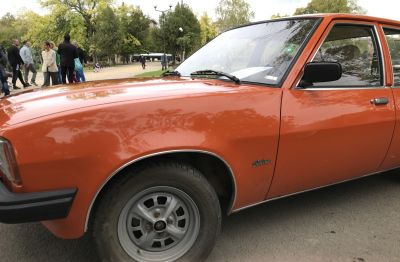
| Model Year: | 1979 |
|---|---|
| Length: | 4321 mm170.1 in |
| Width: | 1670 mm65.7 in |
| Height: | 1380 mm54.3 in |
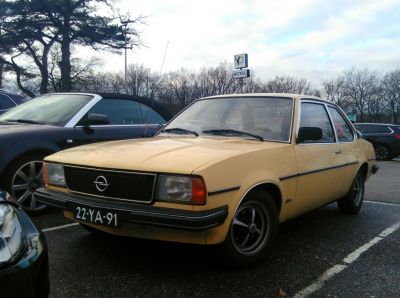
| Model Year: | 1976 |
|---|---|
| Length: | 4321 mm170.1 in |
| Width: | 1670 mm65.7 in |
| Height: | 1380 mm54.3 in |
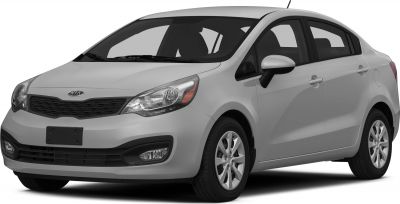
| Production: | 2011-2015 |
|---|---|
| Model Year: | 2011 |
| Length: | 4370 mm172.0 in |
| Width: | 1700 mm66.9 in |
| Height: | 1470 mm57.9 in |

| Production: | 1990-2001 |
|---|---|
| Model Year: | 1990 |
| Length: | 4355 mm171.5 in |
| Width: | 1695 mm66.7 in |
| Height: | 1445 mm56.9 in |
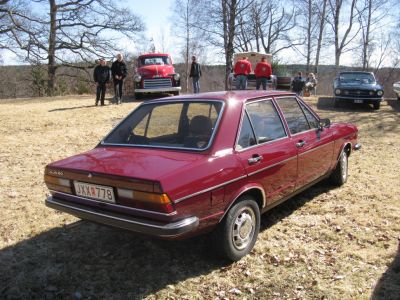
| Production: | 1976-1978 |
|---|---|
| Model Year: | 1976 |
| Length: | 4245 mm167.1 in |
| Width: | 1600 mm63.0 in |
| Height: | 1360 mm53.5 in |
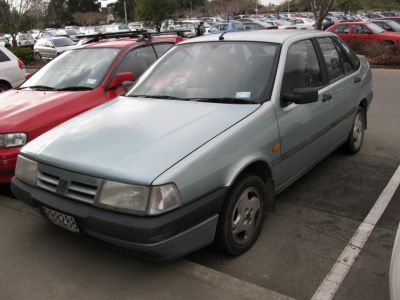
| Production: | 1990-1996 |
|---|---|
| Model Year: | 1990 |
| Length: | 4354 mm171.4 in |
| Width: | 1695 mm66.7 in |
| Height: | 1445 mm56.9 in |
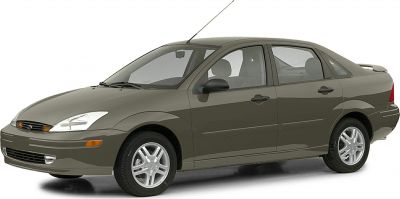
| Production: | 1998-2005 |
|---|---|
| Model Year: | 1999 |
| Length: | 4362-4369 mm171.7-172.0 in |
| Width: | 1702 mm67.0 in |
| Height: | 1430-1481 mm56.3-58.3 in |
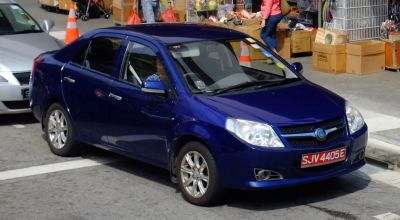
| Production: | 2006-2014 |
|---|---|
| Model Year: | 2006 |
| Length: | 4342 mm170.9 in |
| Width: | 1692 mm66.6 in |
| Height: | 1435 mm56.5 in |
